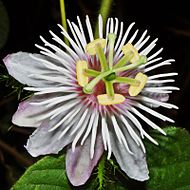Knowing whether a material will be able to be made into a product is a key step to product development. A lot of natural products are unstable, insoluble, non-flowable, terrible tasting, or otherwise challenging to mix into the desired product form.
In today’s ‘clean label’ demanding market, many of the additives used to make a high quality tablet or beverage are no longer salable.
Food and Supplement Product Manufacturing Feasibility
Related to the exercise of understanding manufacturing feasibility, we also offer a number of production-related services:
- Source and qualify bulk raw materials
- Raw material quality verification program
- Supplier verification program
- Facility design and GMP
- Formula/recipe development
- Project management
- Manufacturing process design
- Equipment qualification, sourcing, IQ/OQ/PQ
- Contract manufacturer qualification
- Materials selection & sourcing
- Packaging & label development
- Documentation & systems
NaturPro’s core experiences are in understanding how to make better products and better ingredients. Contact us to learn more.





